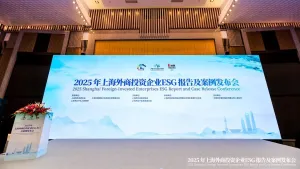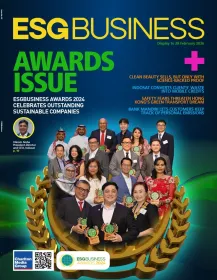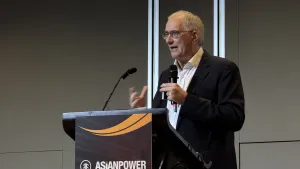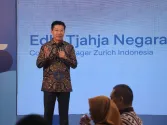
What differentiates top-performing Indian FOB’s from their peers?
McKinsey has outlined five main points that differentiate a top-performing FOB.
About 300 publicly listed family-owned business (FOBs) leaders in India shared how their family businesses sustain growth and outperform their peers.
In India, FOBs contribute over 75% of the GDP, and this is expected to rise to 80 to 85% by 2047. From 2017 to 2022, FOBs had 2.3% higher revenue growth and twice the shareholder returns compared to non-family-owned businesses.
McKinsey & Company has outlined five main points that differentiate a top-performing FOB.
1. Core operational distinctiveness
Top-performing FOBs distinguish themselves by maintaining high profitability whilst sustaining high revenue growth.
Although operational excellence is the core of business performance for all FOBs, the value-creation levers for top-performing FOBs vary according to governance archetypes.
According to McKinsey, the family-run archetype operates more efficiently and has 7.8 percentage points higher operating margins.
However, when involving professional executives, differentiators increase. Top-performing FOBs in the family-ownership and family-governed archetypes distinguish themselves by delivering 14% and 7% higher capital efficiency, respectively.
2. Effective transition to next generations
Transitioning from generation to generation has a profound effect on sustaining performance. As business complexity grows, it is important to ensure effective transitions, according to McKinsey.
The report said tha the proportion of bottom-performing FOBs increases with the passage of generations: from about 33% of first-generation-run FOBs to about 43% of the second generation and 46% of the third generation.
This can be attributed to shifting priorities. With time, the tendency to focus on high growth even at the expense of liquidity gives way to an emphasis on preserving wealth.
To sustain performance, FOBs need to groom the next generation to lead effectively by shaping and nurturing the right culture, building the right talent, and establishing the necessary support systems.
In addition, employing similar-minded professional executives can help sustain high performance. Top-performing FOBs believe in continuously improving performance, hence, are very careful when choosing external executives.
3. Level of portfolio diversification
McKinsey found that diversification is a key enabler for FOBs to achieve substantial scale.
Most ‘at-scale' FOBs (those with annual revenues of more than 6,500 crore Indian rupees) achieve this through a highly diversified portfolio. Moreover, there is significant increase in the proportion of diversified companies as the size of FOBs transitions from ‘emerging’ (annual revenues of less than 2,500 crore Indian rupees) to ‘scaling' (annual revenues between 2,500 crore and 6,500 crore Indian rupees) to ‘at scale’.
For FOBs to scale in size, they also need to tap discontinuities in economies, bet on new emerging segments and dynamically allocate capital.
The report also noted that archetypes with external executives (family-governed or family ownership) are significantly more diversified.
4. Talent, capabilities, and culture
One of the main factors in companies’ sustained success is organisational health, according to McKinsey.
According to a recent survey of about 600 FOBs, 86% of respondents say their company has the best talent whilst 90% say their company successfully nurtures their best talent.
For example, a prominent Indian financial business family group identified high performers and placed them in a common pool of future CEOs which helped them cultivate readily available home-grown CEOs.
However, McKinsey found that FOBs take time to appreciate and build a group of professional executives. Eliminating this mindset is critical for it can deter the influx of top talents.
5. Robustness of governance arrangements
McKinsey’s research indicates that top-performing FOBs use a governance approach that regulates company, ownership and family topics, thereby balancing the scales of formality.
A good example comes from a major Indian fast-moving consumer goods FOB. During initial years of professionalisation, the group laid out the importance of separating the roles of family and executives. External professionals were brought in, whilst family members held board positions. A succession plan was developed, including a family constitution to address governance issues. Twenty-five years later, the family continues to benefit from this governance model.
Even with the right people in place, many organizations fail to reach their full potential due to a missing ecosystem necessary for smooth transitions, both for incoming executives and family members.















